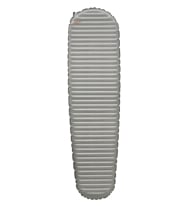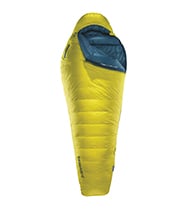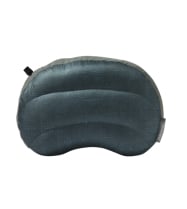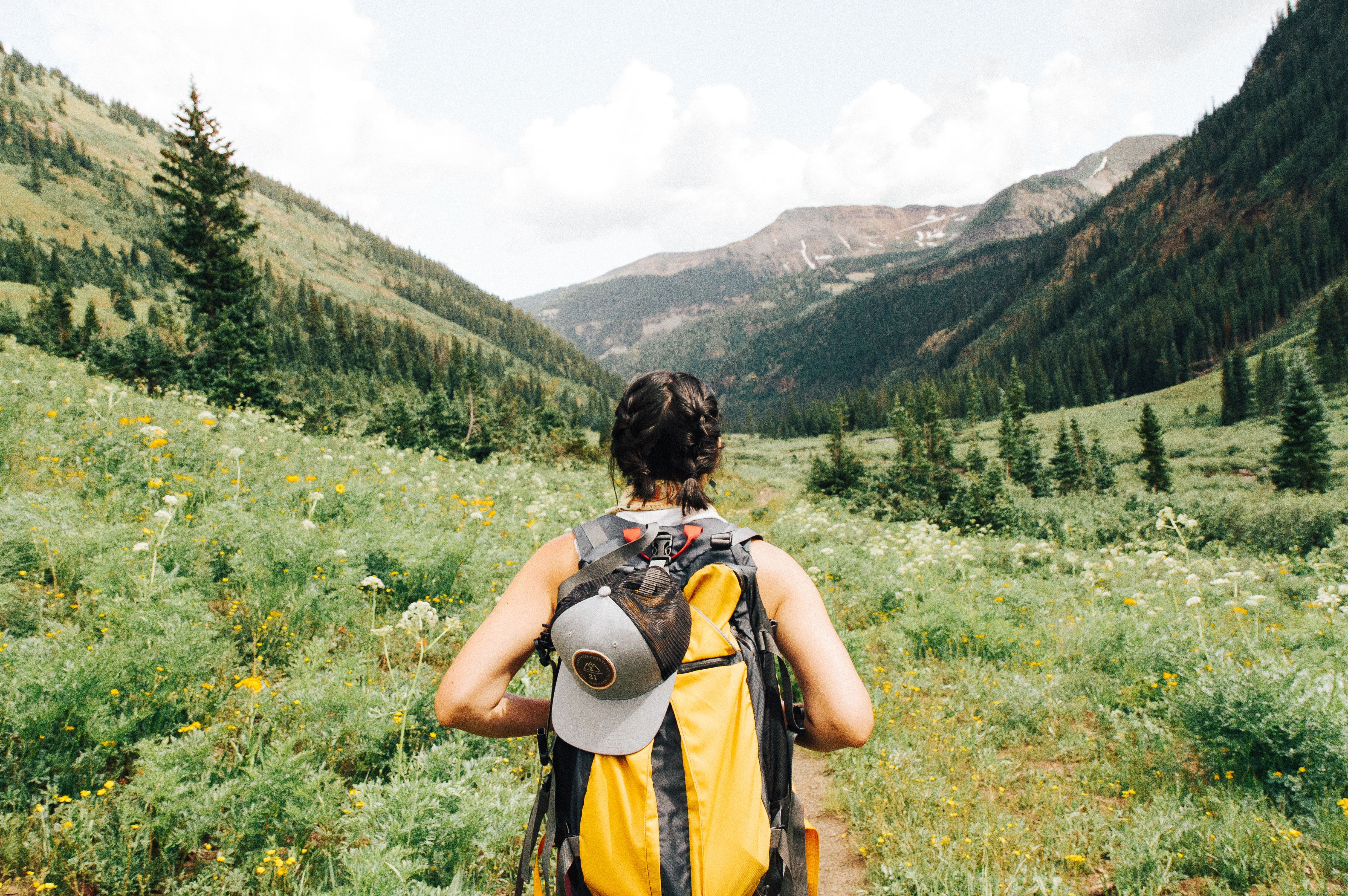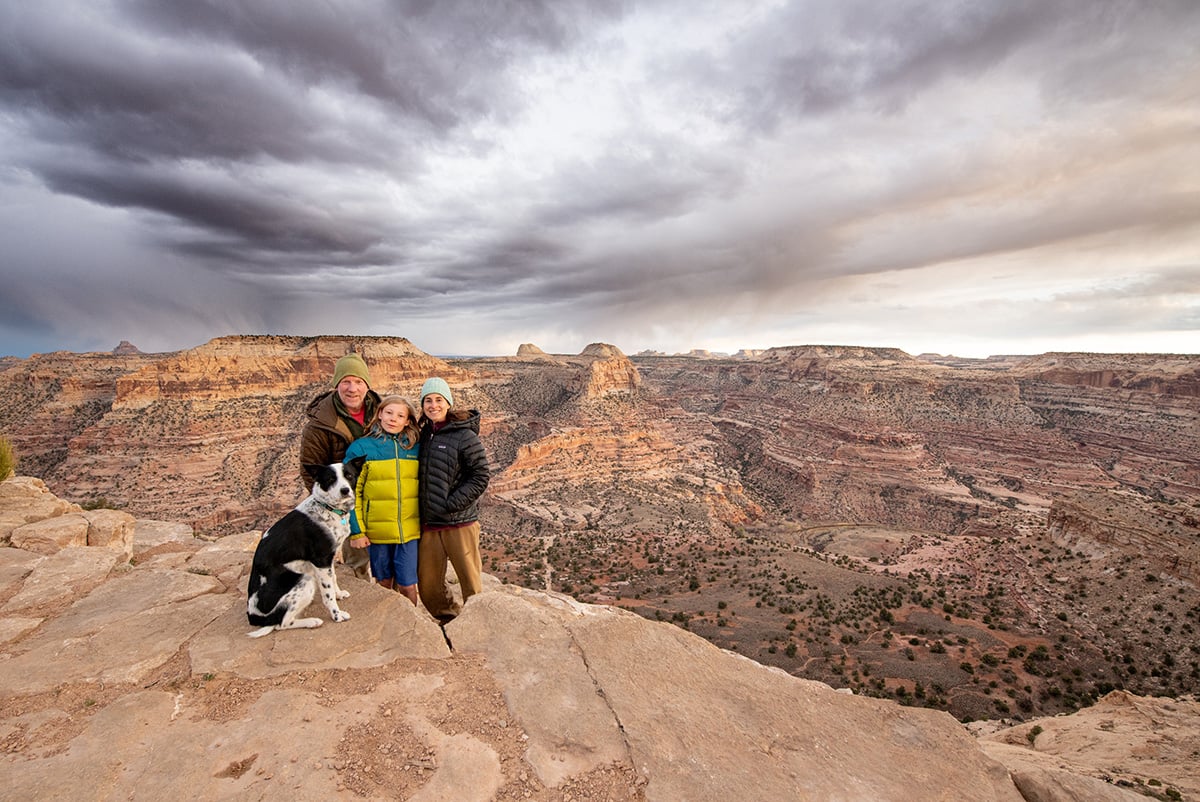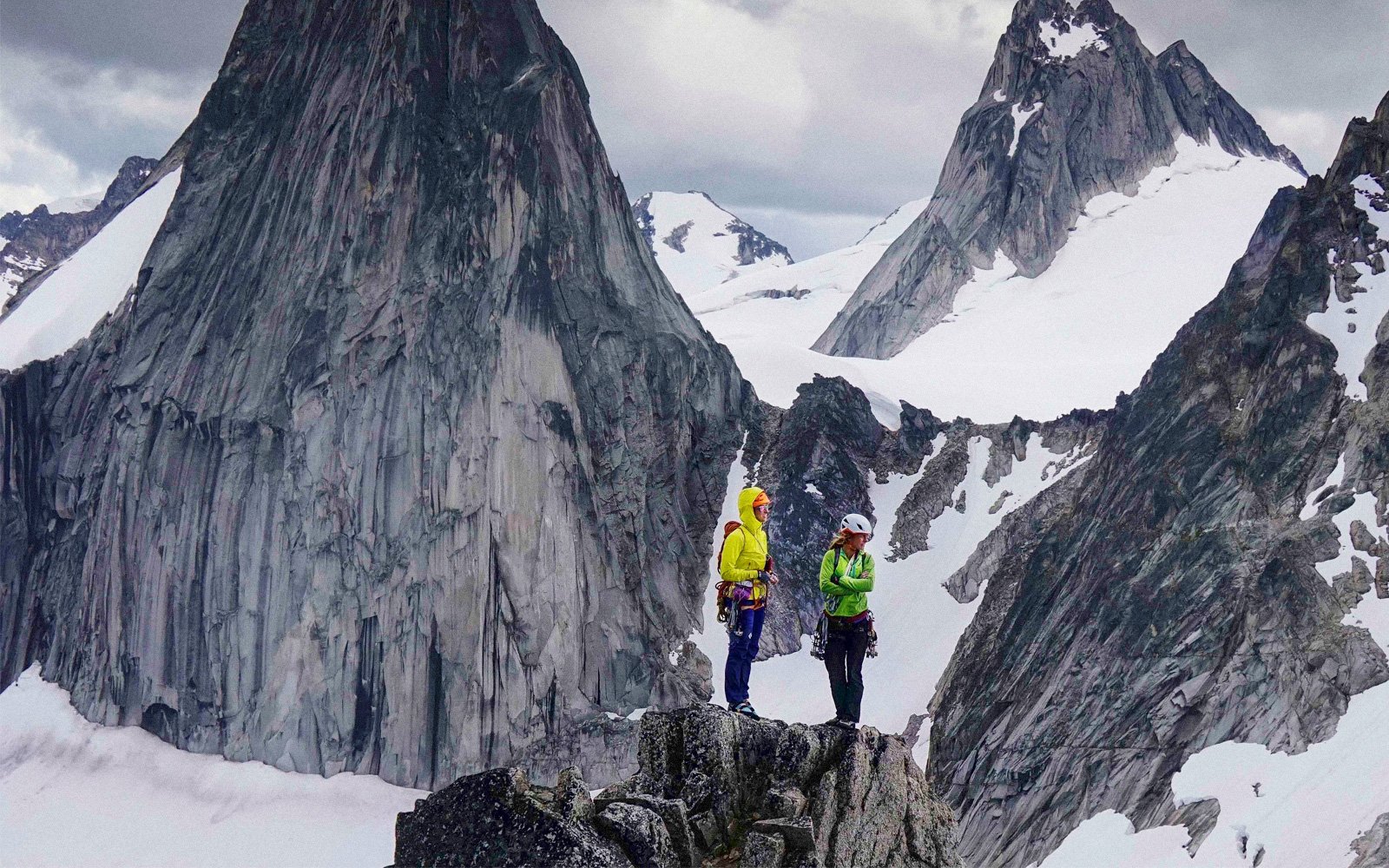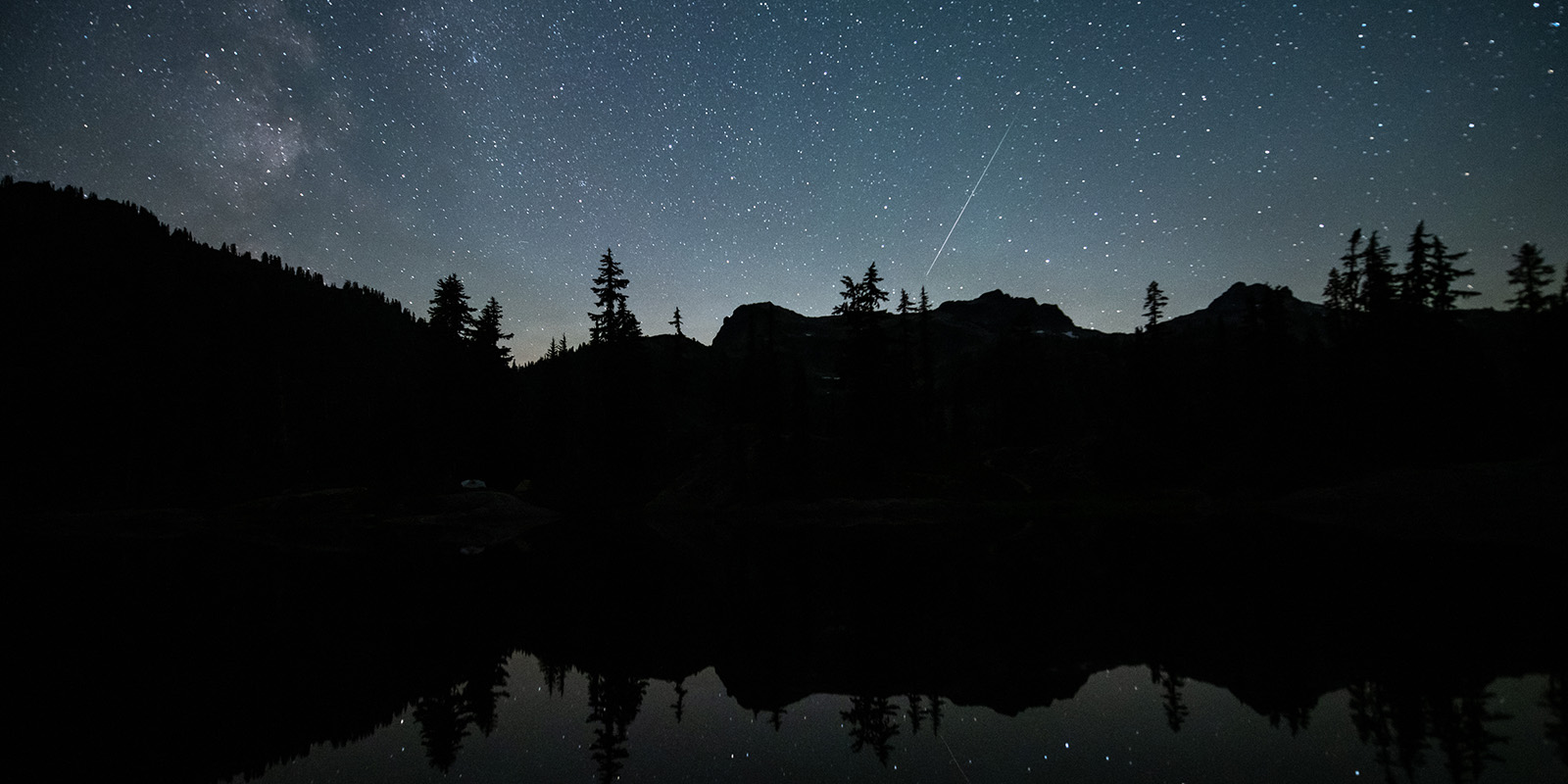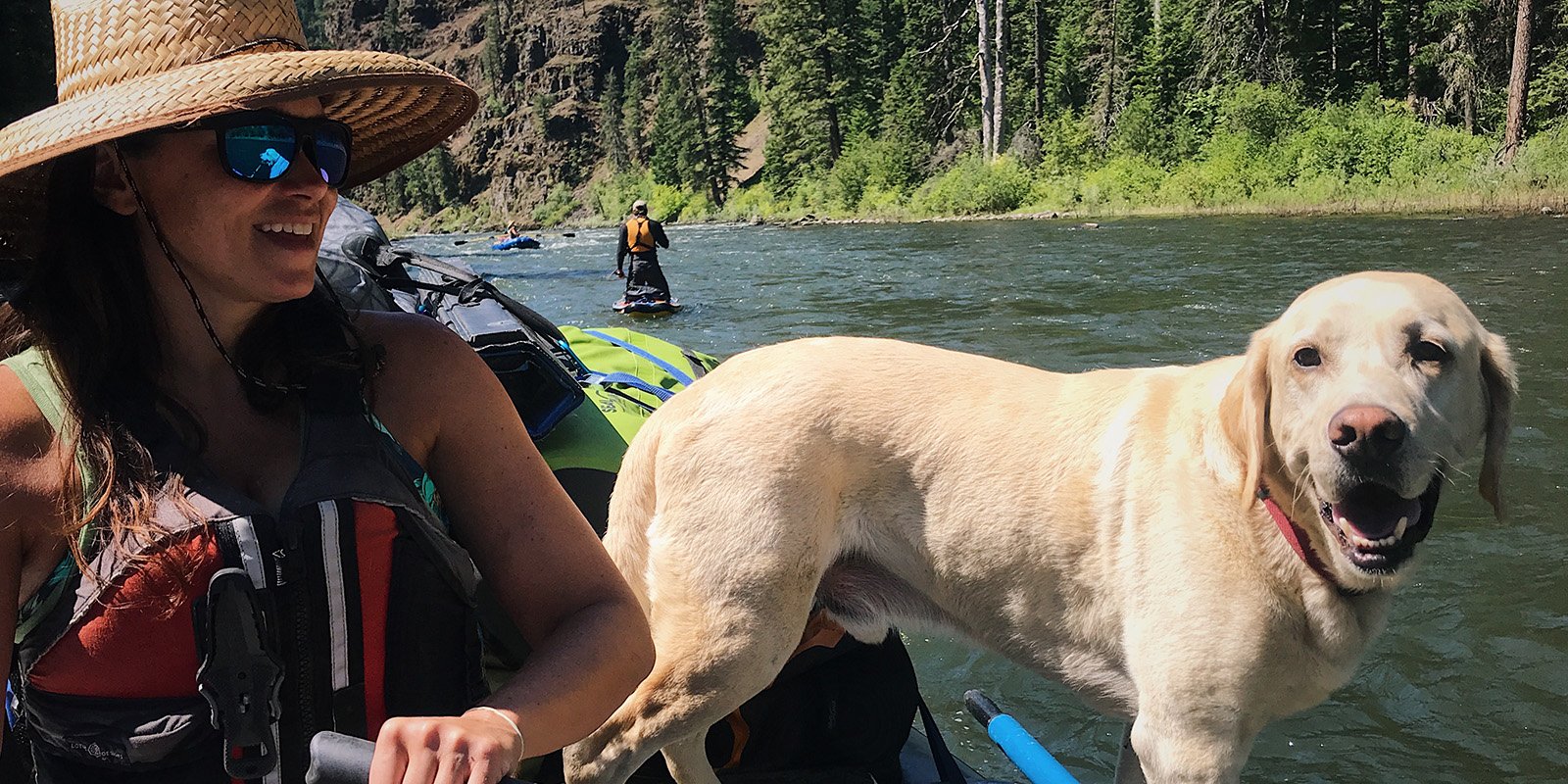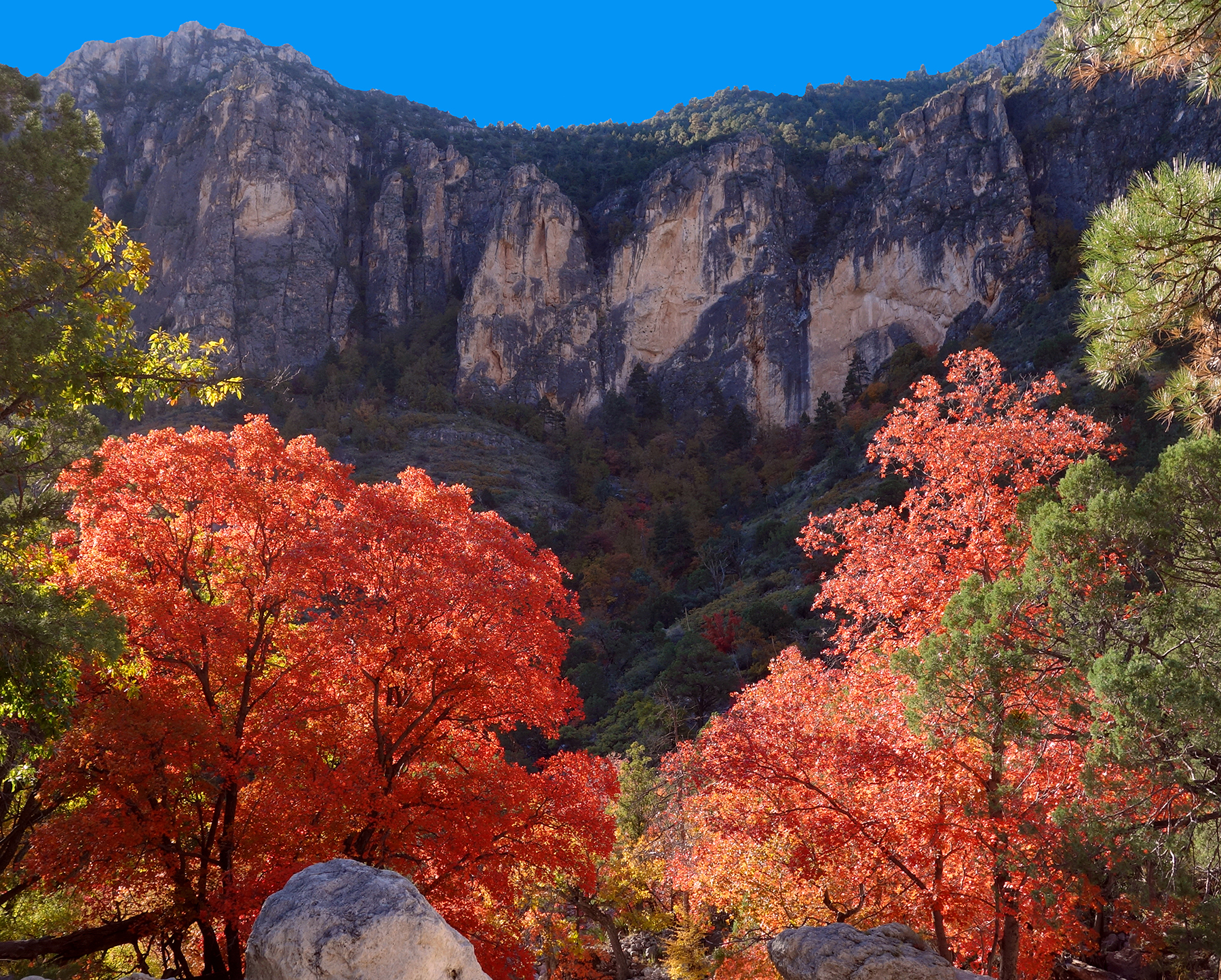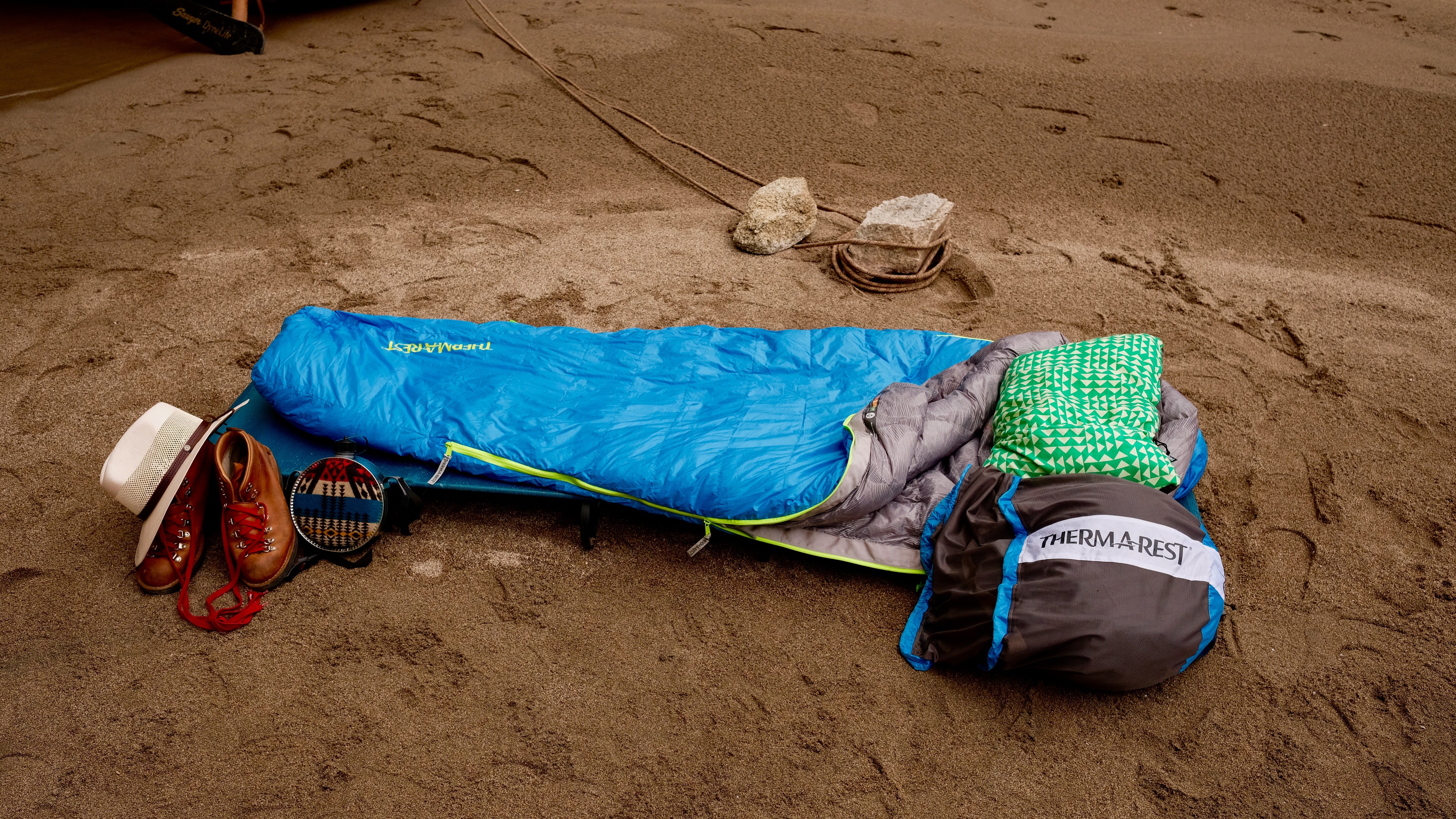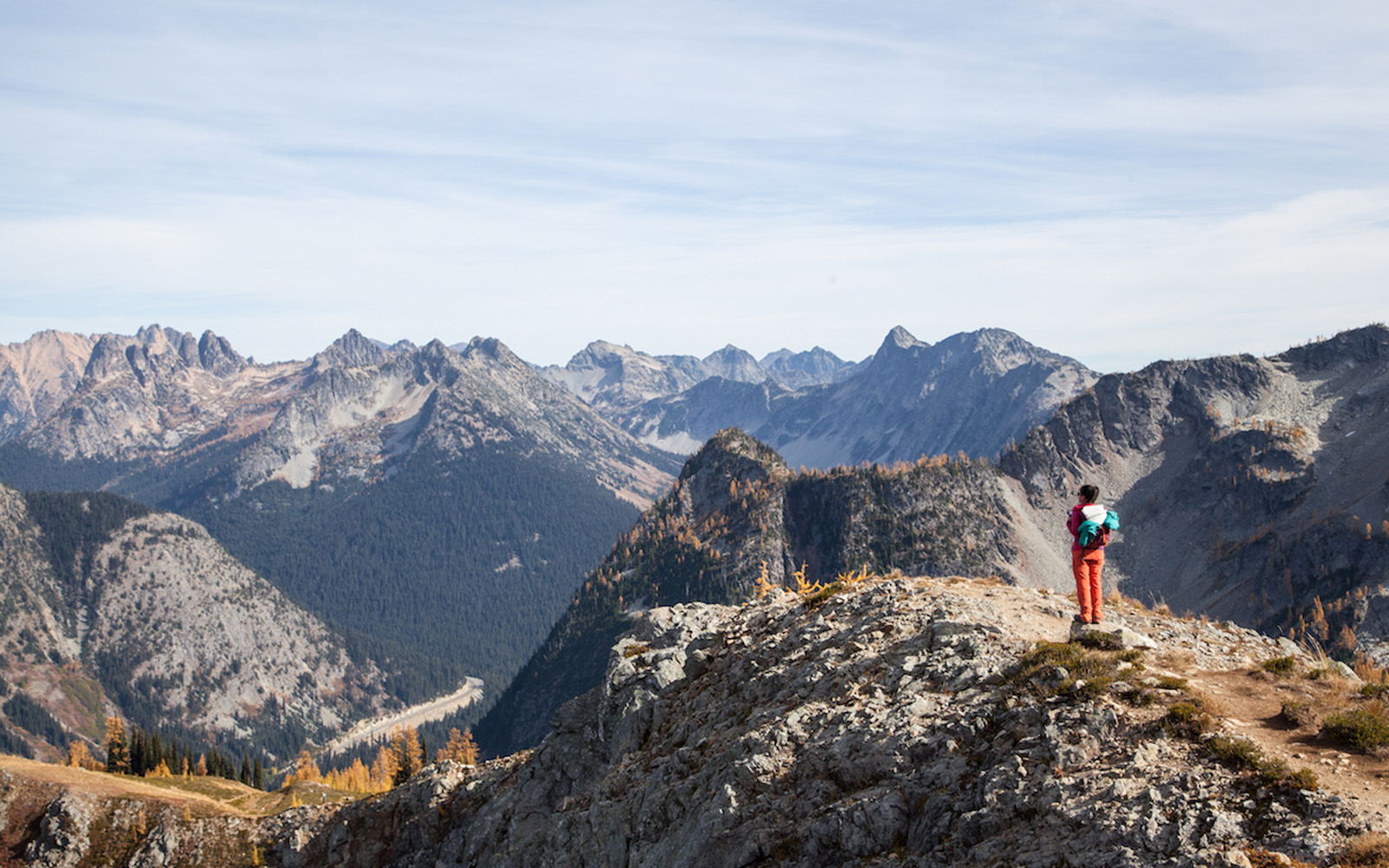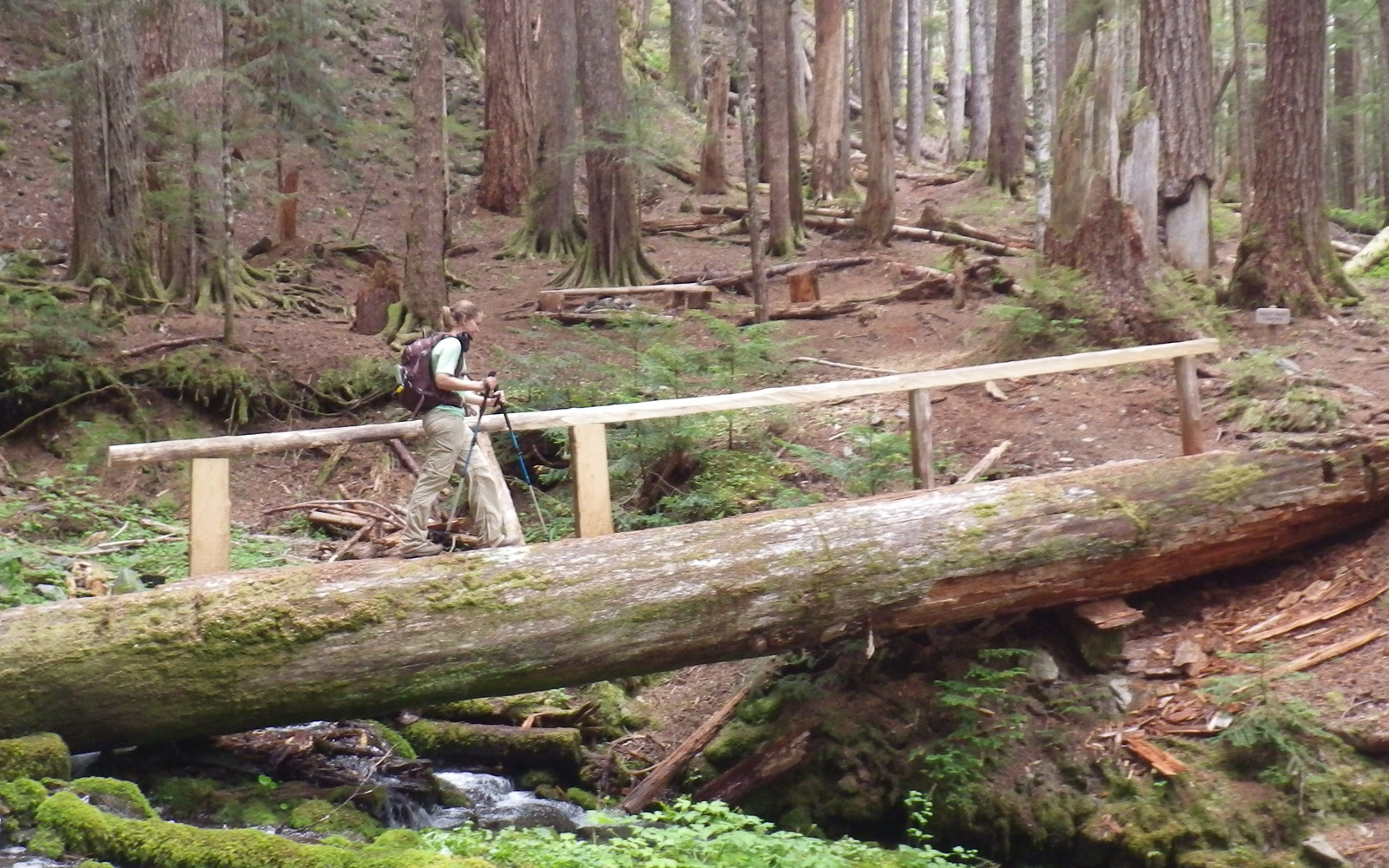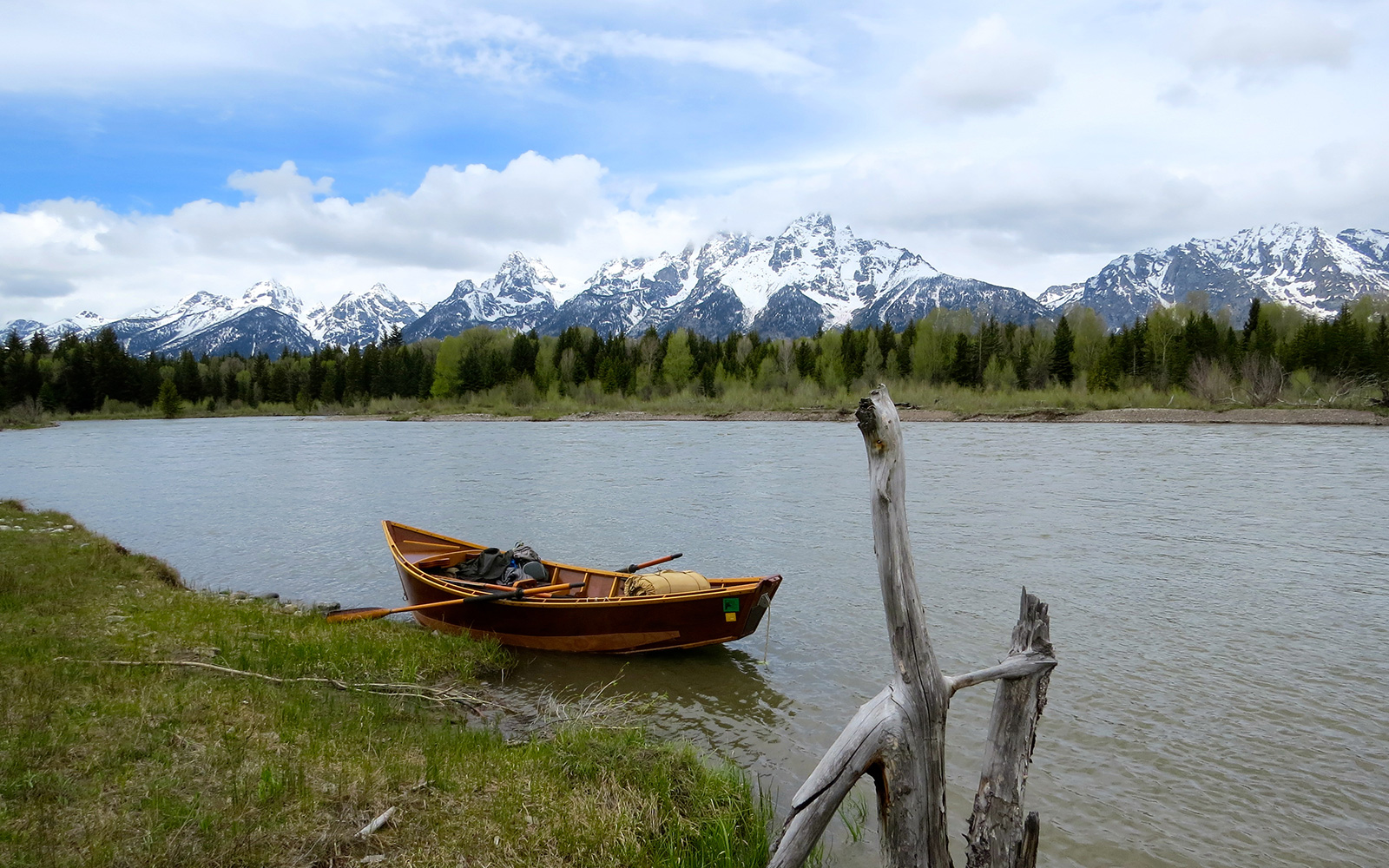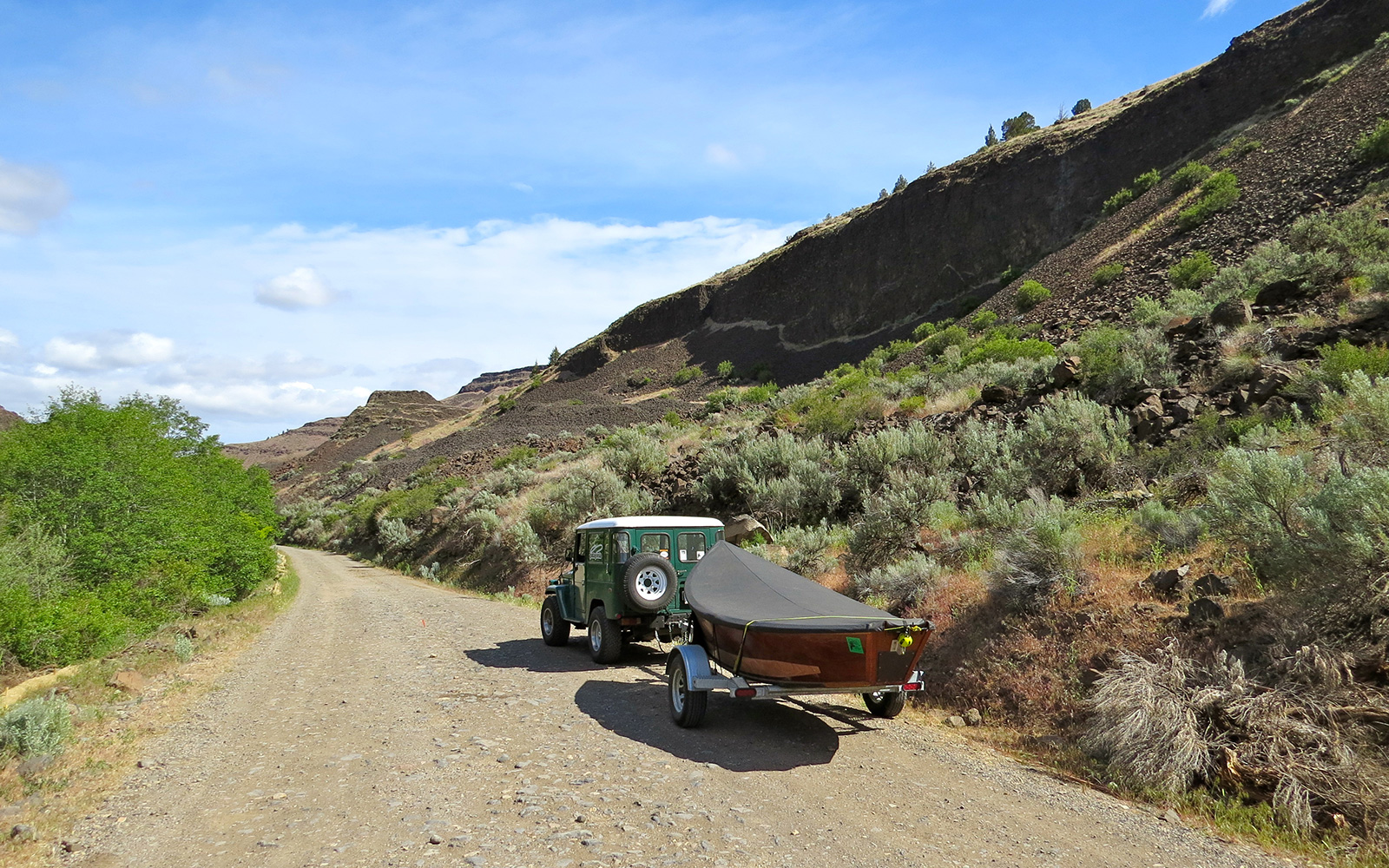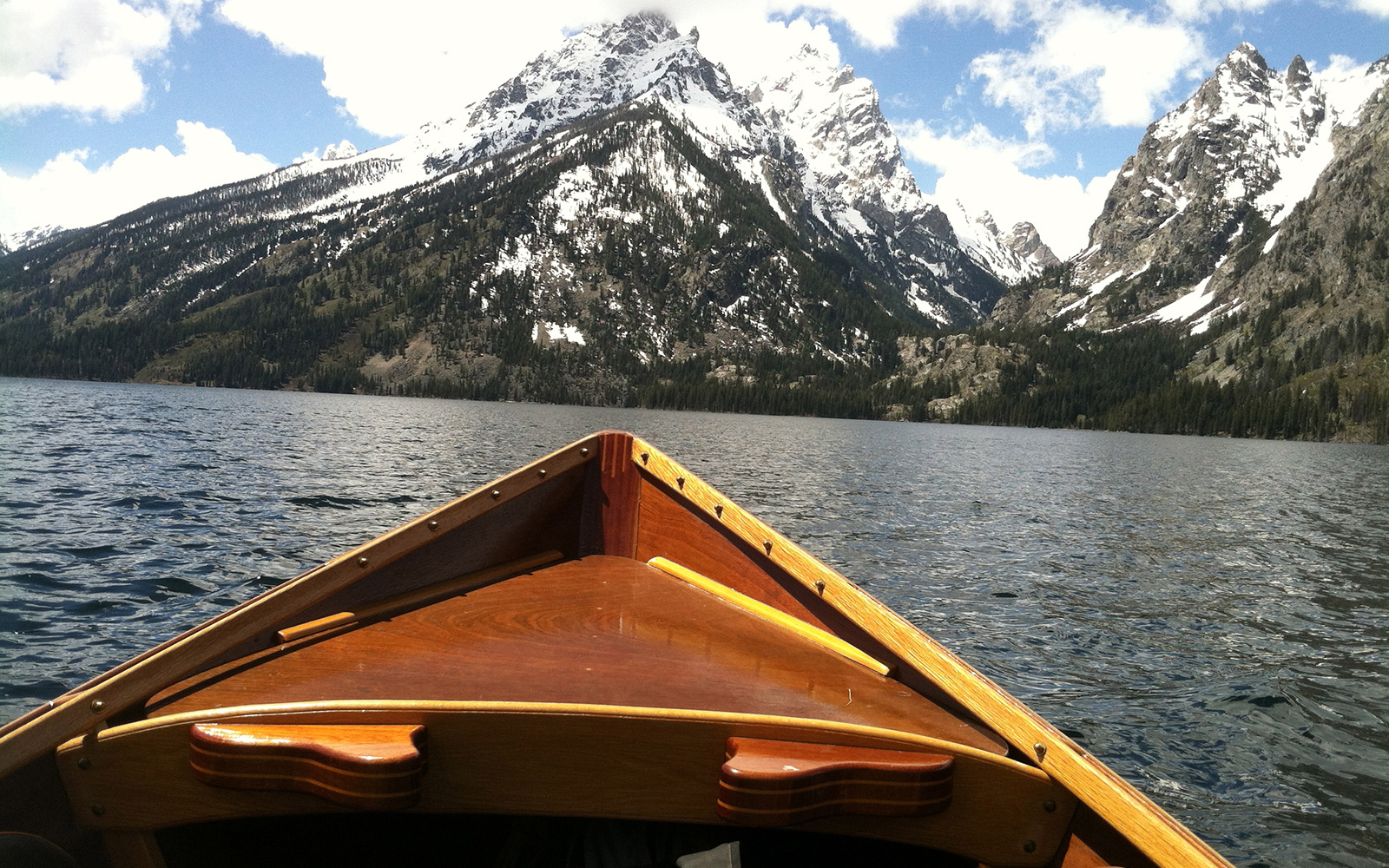My jaw dropped when I pulled into a popular Rocky Mountain National Park parking lot at 9:00 am and counted five other cars. On my last visit, this trail destination was packed to the brim—but that was in the summer. Now it was November, and evidently fewer people were willing to wander into the snow-clad wilderness. Winter conditions may increase the risks of adventuring in national parks with such concerns as freezing temperatures and avalanche danger. But they also came with a variety of benefits like fewer people. If you’re just dipping your toes into winter adventuring, identifying which national parks to visit in the winter is a fantastic way to begin seeing the country’s most popular destinations in a new light.
The Best National Parks to Visit in Winter
Every year, it’s becoming harder and harder to see the most popular national parks due to new reservation systems and difficulties with securing camping. But many of these restrictions are lifted over the winter. Parks like Rocky Mountain National Park, Arches National Park, and Glacier National Park lift restrictions due to lower visitation numbers. As such, these are among some of the best national parks to visit in the winter—so long as you have the right gear and are properly prepared.
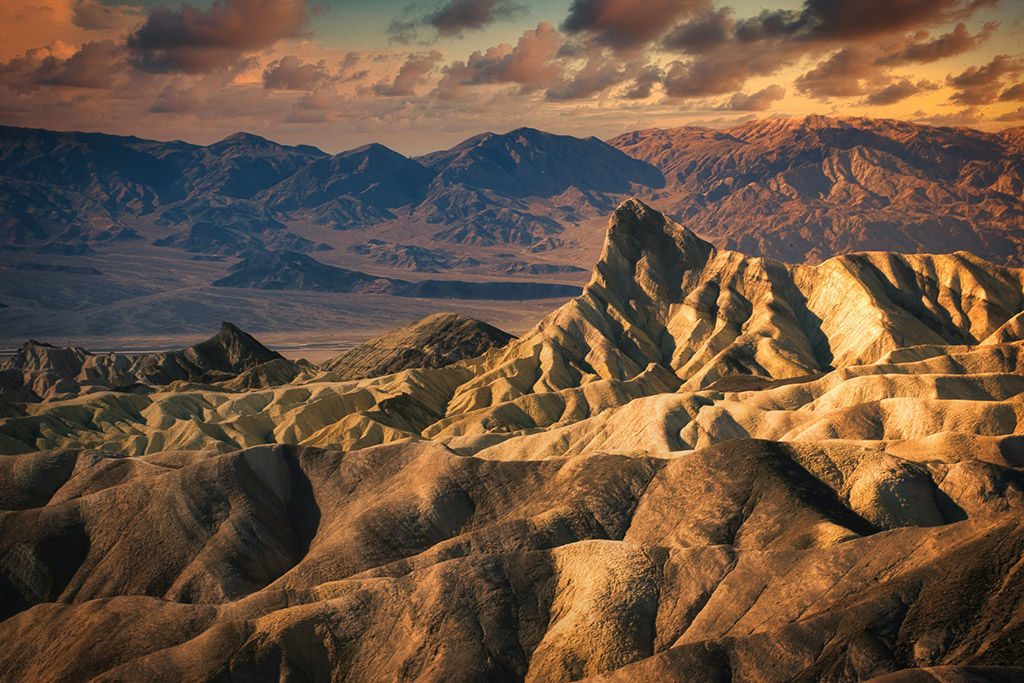 Death Valley National Park
Death Valley National Park
Death Valley National Park is known for being the hottest place on earth. In the summer, this park averages between 110 and 114-degrees Fahrenheit. In fact, the world’s highest air temperature was recorded here in 1913 at 134-degrees Fahrenheit. The extreme heat and dryness make Death Valley a difficult park to enjoy in the summer months. But in the winter, visitors are more likely to see a wider range of wildlife and tolerable 65 to 75-degree temperatures. If snow and freezing temperatures aren’t your jam, but stunning scenery is, Death Valley is an excellent national park to visit in the winter months.
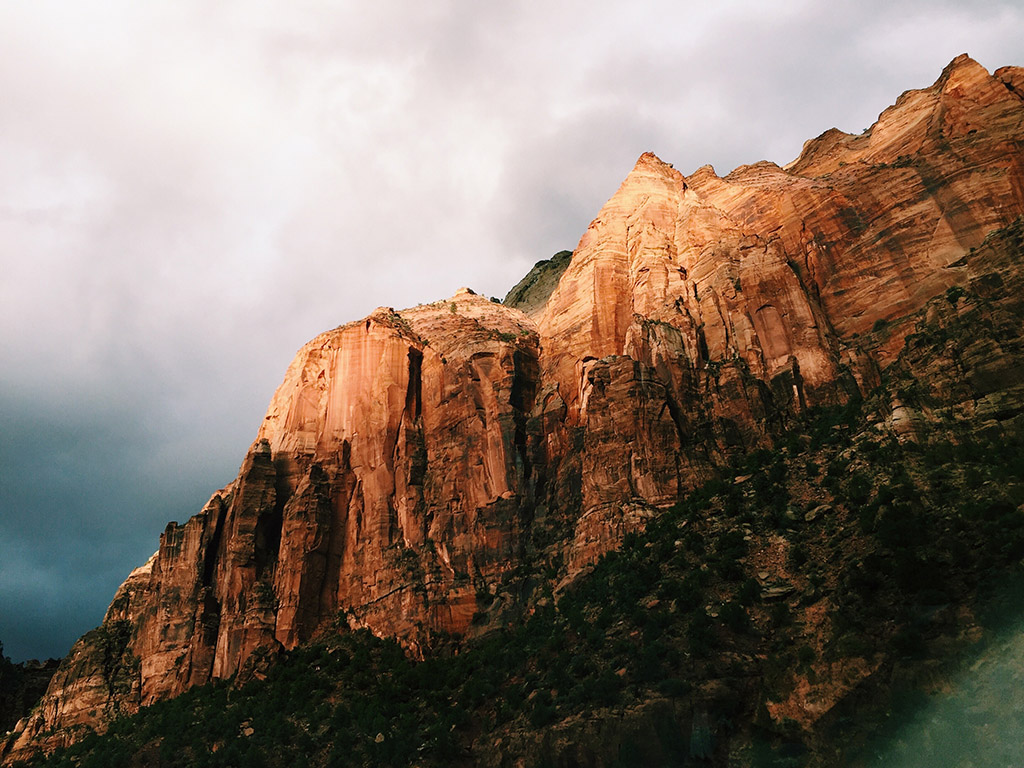 Zion National Park
Zion National Park
Zion National Park is one of that nation’s most beautiful parks. But the majority of the park’s attractions are found within a 6-mile canyon, which makes the busy season feel particularly congested. Winter provides visitors with both cooler temperatures and a fairly uncrowded environment, which makes it easier to snag a permit for coveted hikes like Angel’s Landing and The Narrows.
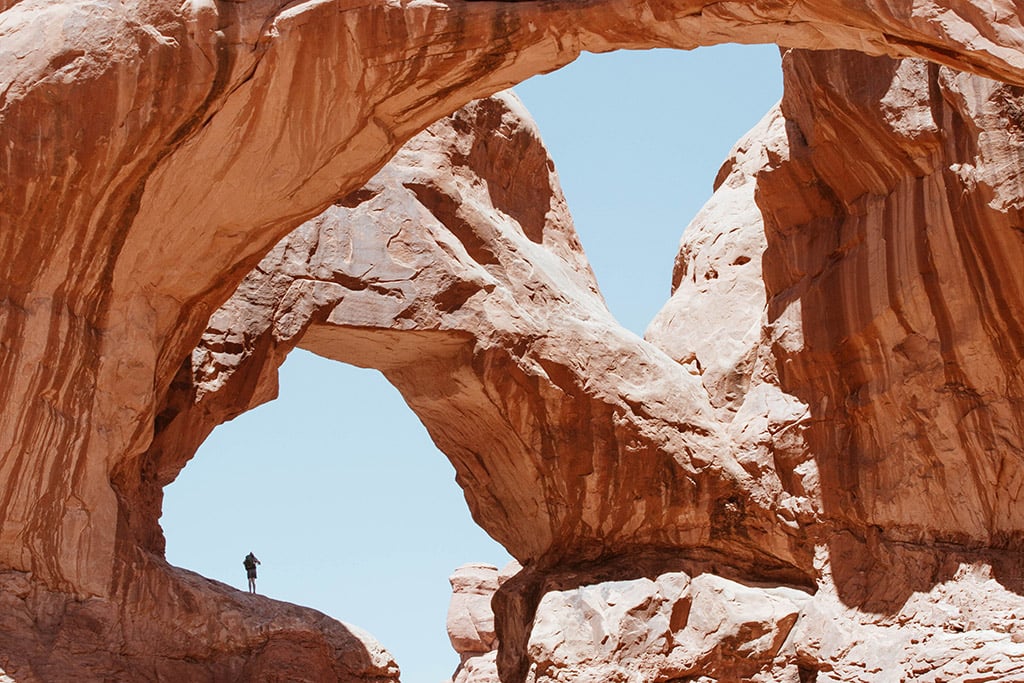 Arches National Park
Arches National Park
Arches National Park recently implemented a timed entry system that forces visitors to come into the park during specific windows. But this system is not currently in effect over the winter. Because of this, winter can be a good time of the year to visit the park without worrying about snagging the right entry slot. Just keep in mind that this park can still be crowded in the cooler months.
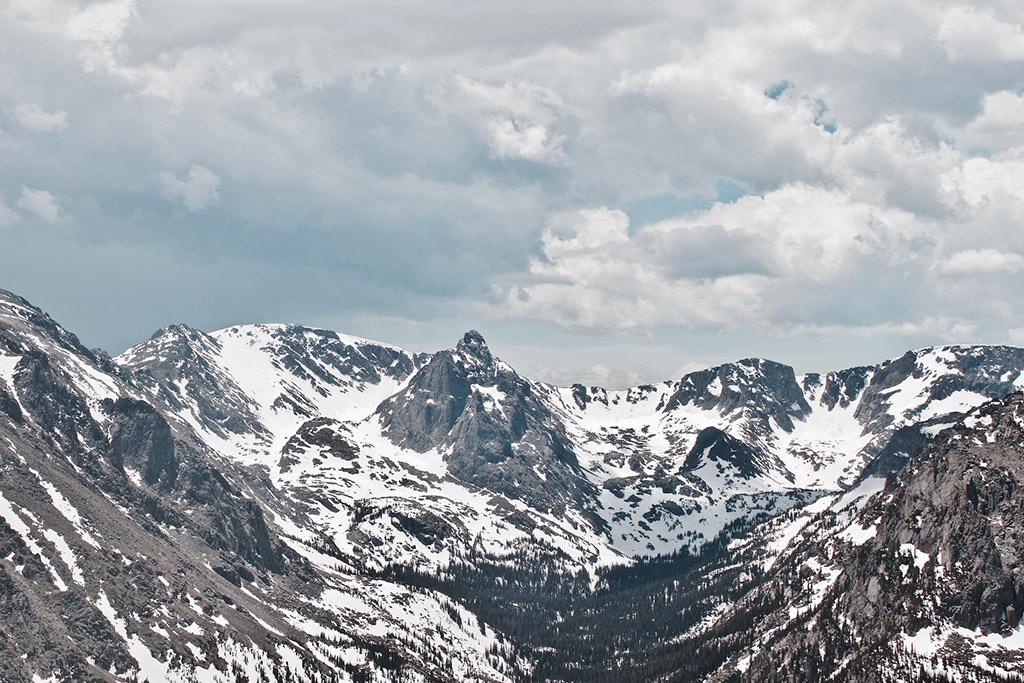 Rocky Mountain National Park
Rocky Mountain National Park
Like Arches National Park, Rocky Mountain National Park recently adopted a reservation system to limit the number of visitors who are within the park at any given time. But this system isn’t in place from October 10th to May 26th, making the winter a good time to see the snow-clad mountains. Due to the park’s cold temperatures and snowy conditions, it’s also much less popular over the winter.
Here are a few reasons why you should go in the winter:
1. No Crowds
Most national parks receive the bulk of their visitors during the spring and summer season. Winter is a much less popular time to visit parks, which can create a great opportunity for those who prefer solitary experiences.
2. Park Visits are More Affordable in the “Off-Season”
Since most national parks experience a winter slowdown, many local amenities drop in price, making it easier to see the most beautiful places in the country on a budget. While standard park pass fees still apply in the winter, lodging tends to be more available and affordable during the winter. And camping reservations are much easier to snag.
3. Winter Gives You a Different Perspective
National parks can be truly stunning in the winter. While they may be less comfortable to visit due to the temperature extremes, you may get to see them in their lesser-known state. And who doesn’t want to see snow-capped sandstone or Rocky Mountain peaks in the winter?
4. This is a Great Time for Winter Sports
Parks like Rocky Mountain National Park provide great winter sport opportunities every season. Those who like to snowshoe, cross country ski or even downhill ski will have better access to these sports when the crowds stay home. Just make sure to familiarize yourself with the weather and snow conditions before heading to the backcountry. The right gear is also important, especially if you are doing an overnight trip.
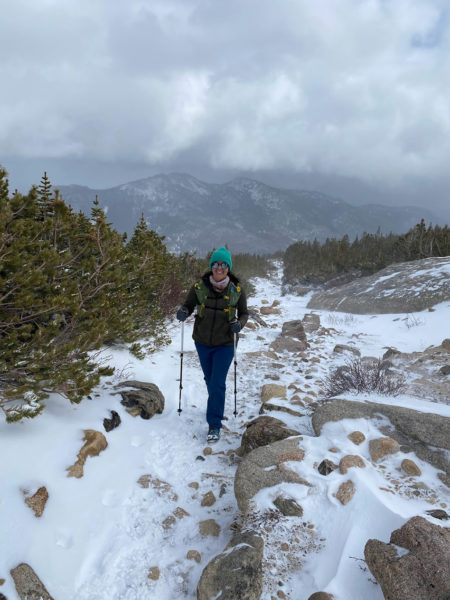
Safety Considerations for Visiting National Parks in Winter
Winter travel is not only colder, but it also comes with a variety of risks like avalanches and ice fall. Make sure to stop by the local ranger’s office prior to heading into national parks to keep yourself informed about potential hazards and risks within the park. Risks like hypothermia, foul weather, and exposure are also much higher at this time of the year.
Hiking and backcountry travel is safest with the buddy system, or in a group, in the case of injury or emergency. To this end, the lack of crowds in the winter creates somewhat of a risk as there are fewer people to potentially support you and your group in the case of an emergency.
Gear to Bring Visiting National Parks in Winter
One challenge that comes with winter adventure is finding the right equipment to keep yourself safe and comfortable. Those who choose to visit national parks in the winter for a day should make sure to bring items like:
- Plenty of layers
- A stove
- Water
- Extra calories
Layers help your body regulate temperature more effective. A stove is a great tool to fend off hypothermia since warming fluid and ingesting it can help to raise your core temperature. And you typically burn more calories during winter adventures because it takes more energy to stabilize that core temperature, which is why bringing extra food is important.
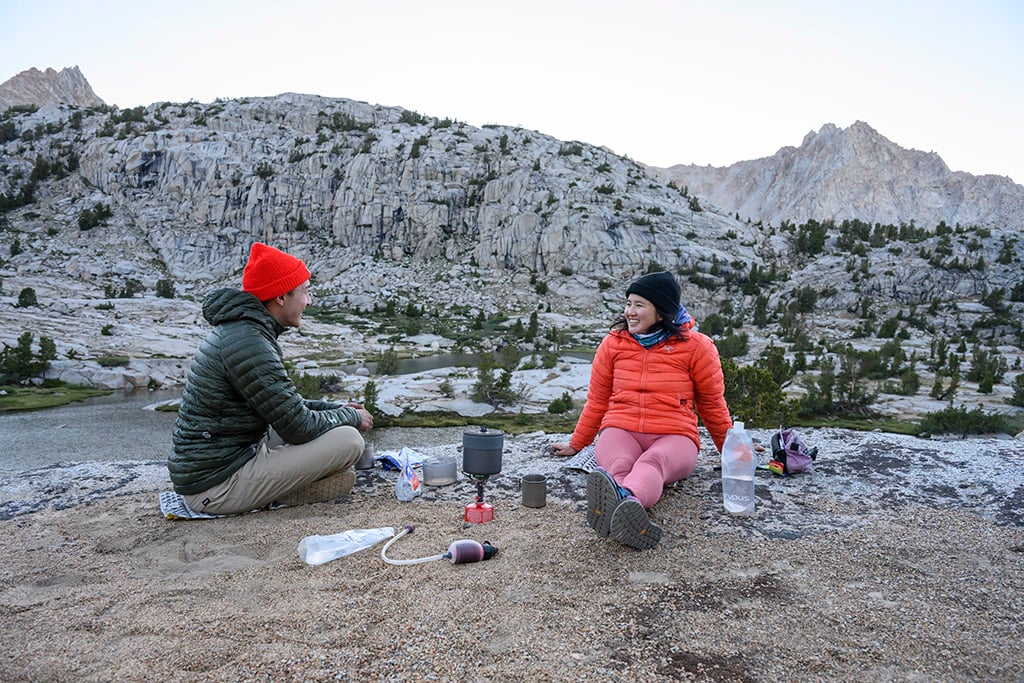
Overnight national park visitors require their own set of equipment. Choosing the right winter gear can be a difficult process if you’re new to it. To acquire the most efficient backcountry setup, make sure to invest in 4-season gear like the MSR® Access™ 2 4-season tent, the Thermarest NeoAir® XTherm™ sleeping pad, and the Thermarest Polar Ranger -20F Sleeping Bag. Doing so will help to keep your body temperature warm even in the worst conditions.
Regulations & Considerations for Visiting National Parks in Winter
Both the backcountry and the frontcountry can be really dangerous in the winter. Educating yourself about potential threats is one good way to mitigate them. It’s also important to keep in mind that some national parks offer fewer services and resources during the winter months. For example, Zion National Park’s free shuttle bus runs on limited hours during the winter. To create a seamless travel experience, be sure to research your chosen park’s hours and resources prior to your visit.
Related Posts:

